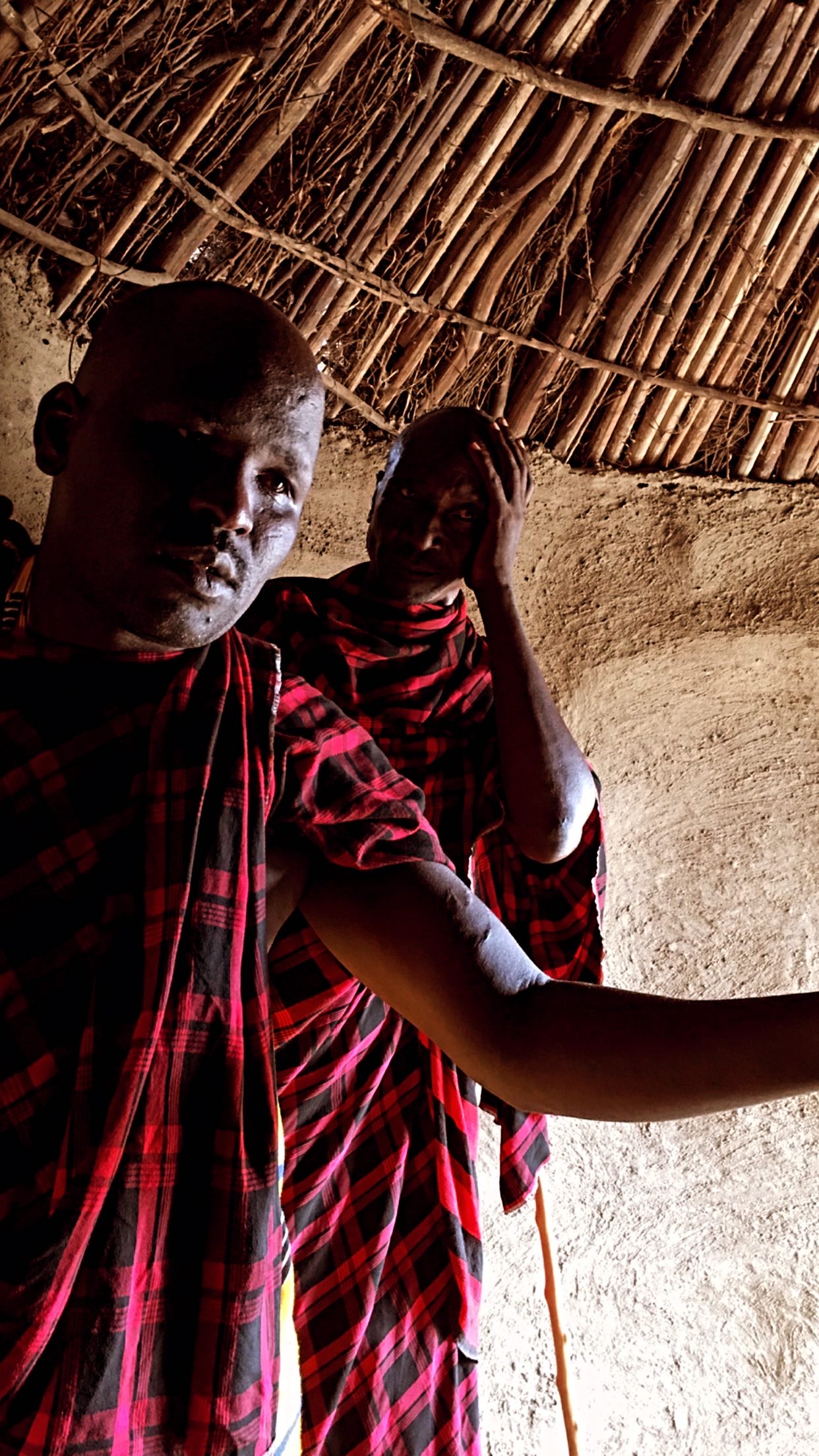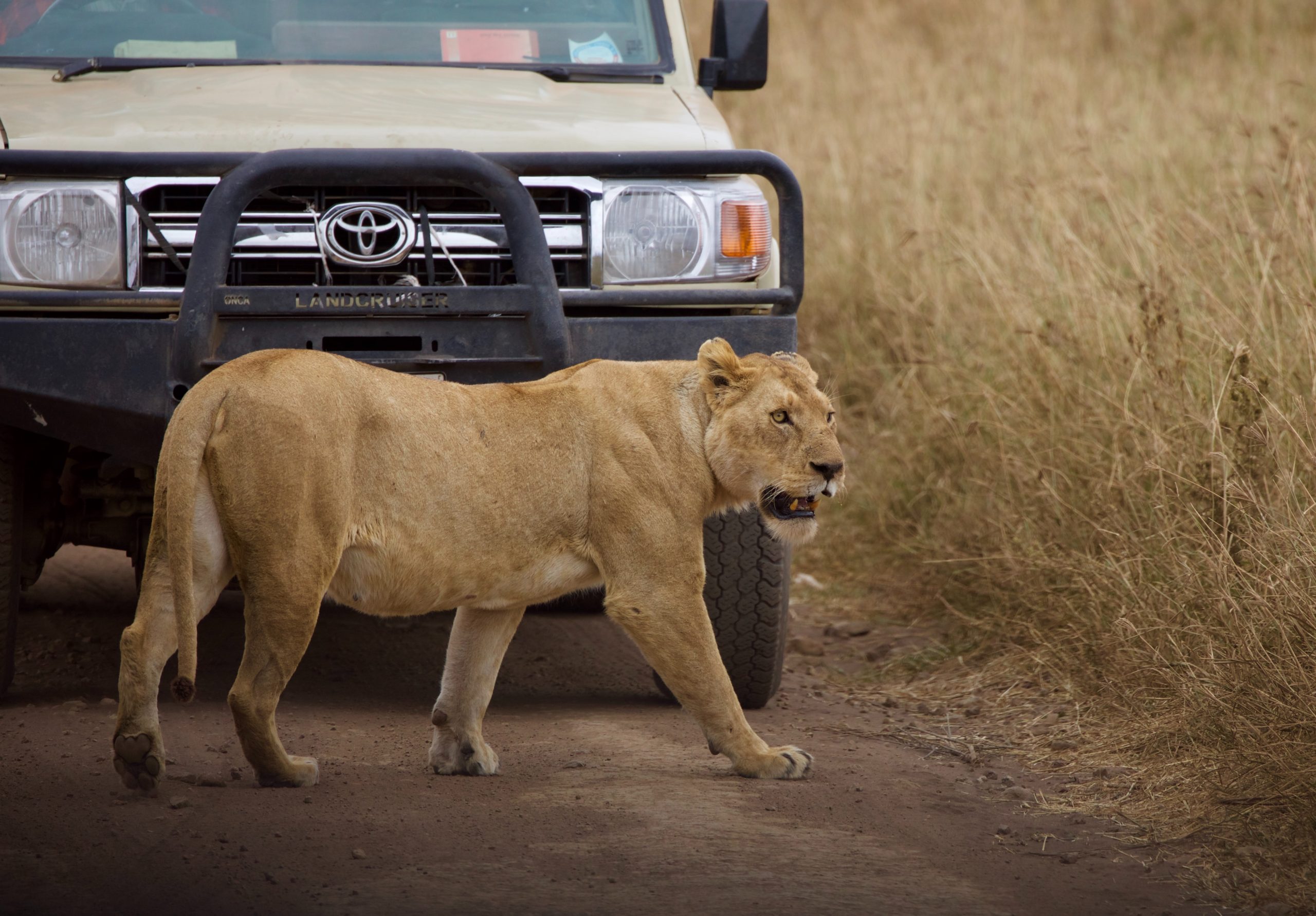Would you like to climb Mount Kilimanjaro? Mount Kilimanjaro is the highest peak in Africa and one of the Seven Summits of the World. It’s also known as the Roof of Africa. Climbing Mount Kilimanjaro has been on my bucket list for a while. And I finally got the chance to do it last year. If you’re planning to climb Mount Kilimanjaro, here some tips for climbing mount Kilimanjaro that will help you make the most of your trip.
What it’s like climbing Mount Kilimanjaro

If you’re going on a trip to climb Mount Kilimanjaro, there’s one thing that you have to know before you go; it is not an easy task. In fact, according to National Geographic, Kilimanjaro could be considered the world’s highest free-standing mountain, as well as one of Earth’s most challenging treks. It also becomes very important for you to prepare for it ahead of time and know what exactly goes into climbing a mountain like that. You want to know your route, how long it will take and how much gear (and water) you’ll need. The average cost is $1000 per person but can vary with travel agency and season.
3 Tips for climbing Kilimanjaro
If you’re planning on climbing Mount Kilimanjaro, you might want to think about bringing some of these tips along with you:
- 1. Learn about altitude sickness ; If you’re used to being around sea level, climbing up a mountain that’s 19,340 feet above sea level can be pretty dangerous. That’s why it’s important that you prepare by learning as much as possible about altitude sickness and its symptoms. This will help your doctor know what treatment (if any) he needs to administer for your climb.
- 2. Work on your cadence : Maintain a similar cadence as you climb
- 3. Choose the Best Route for Your Capabilities
What gear do you need
What you’ll want to bring depends on what time of year you climb and how long your trek lasts. One o f the most important tips for climbing Kilimanjaro is to get the right gear. Before buying any equipment, it’s best to speak with other climbers and ask them which brands work well. You can also purchase or rent equipment once you get in country. Many companies offer discounts for booking directly through the. But then again, these businesses have a vested interest in getting you to buy from them. To avoid being taken advantage of, be sure you know all your options before committing to anything. Gear prices will vary by region but should average out around $100-$150 per person per day.
What kind of diet should I follow
You should follow a healthy diet in order to be in good health while climbing Mt. Kilimanjaro. Ideally, you should incorporate foods that have high fiber content, which will fill you up without too many calories. It’s also best to eat plenty of water-rich fruits and vegetables, such as tomatoes and oranges. That will help your body hydrate itself during exercise. To ensure proper energy levels during your climb, it’s crucial that you get plenty of complex carbohydrates; from a variety of sources like beans and whole grain. Otherwise known as slow carbs because they take longer for your body to process into usable energy.
How can I prepare myself physically
Because of high altitudes, most people who attempt to climb Mount Kilimanjaro require at least two weeks of acclimatisation. This is an important success tips for climbing kilimanjaro. When choosing where you’ll stay, keep in mind that Moshi and Arusha lie at 3,000 feet above sea level. While some climb faster than others, it’s safest to plan on spending at least two weeks here. During these first days, spend most of your time exploring nearby areas like Ngorongoro Crater or Olduvai Gorge. Opt for moderate-intensity walks. That way your get your body used to walking a few miles a day. To prepare yourself for those aspects of climbing.
How does altitude sickness happen
Altitude sickness occurs because your body isn’t used to breathing at high altitudes. The air is less dense and doesn’t have as much oxygen in it as low-lying regions. So you may feel breathless and tired. Some people experience mild symptoms like headache or nausea; while others suffer from more severe ailments like brain swelling (cerebral edema) or pulmonary edema. Altitude sickness can be treated by going down in altitude. If caught early enough, most people can get better on their own within 24 hours after moving down a few thousand feet.
If you are planning on climbing mount Kilimanjaro, try to have look on africa bucket list, a tour operator based in Tanzania who offers safaris tours and kilimanjaro treks.



